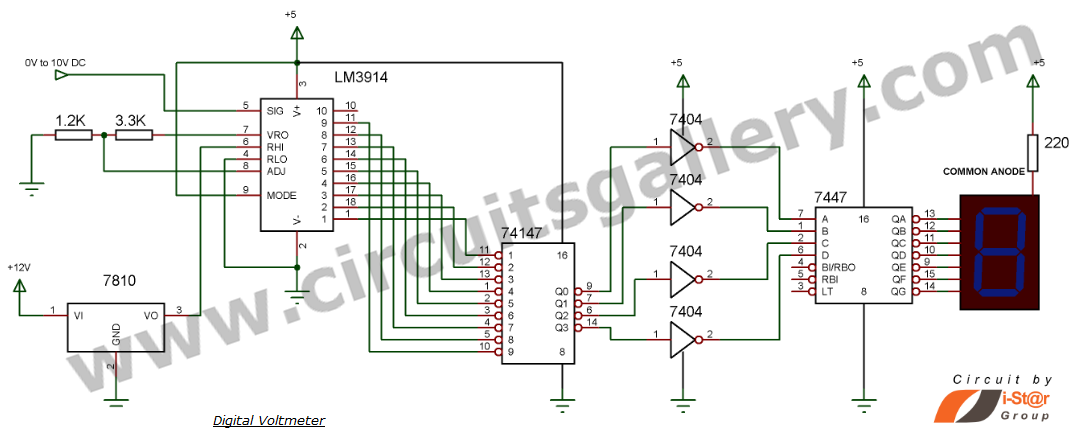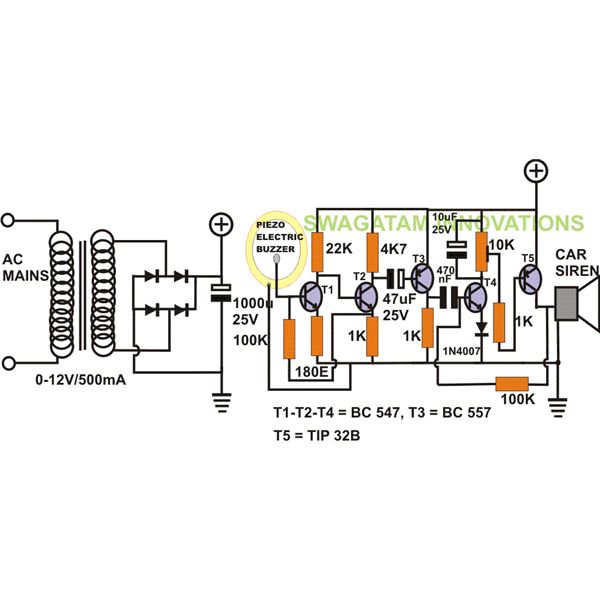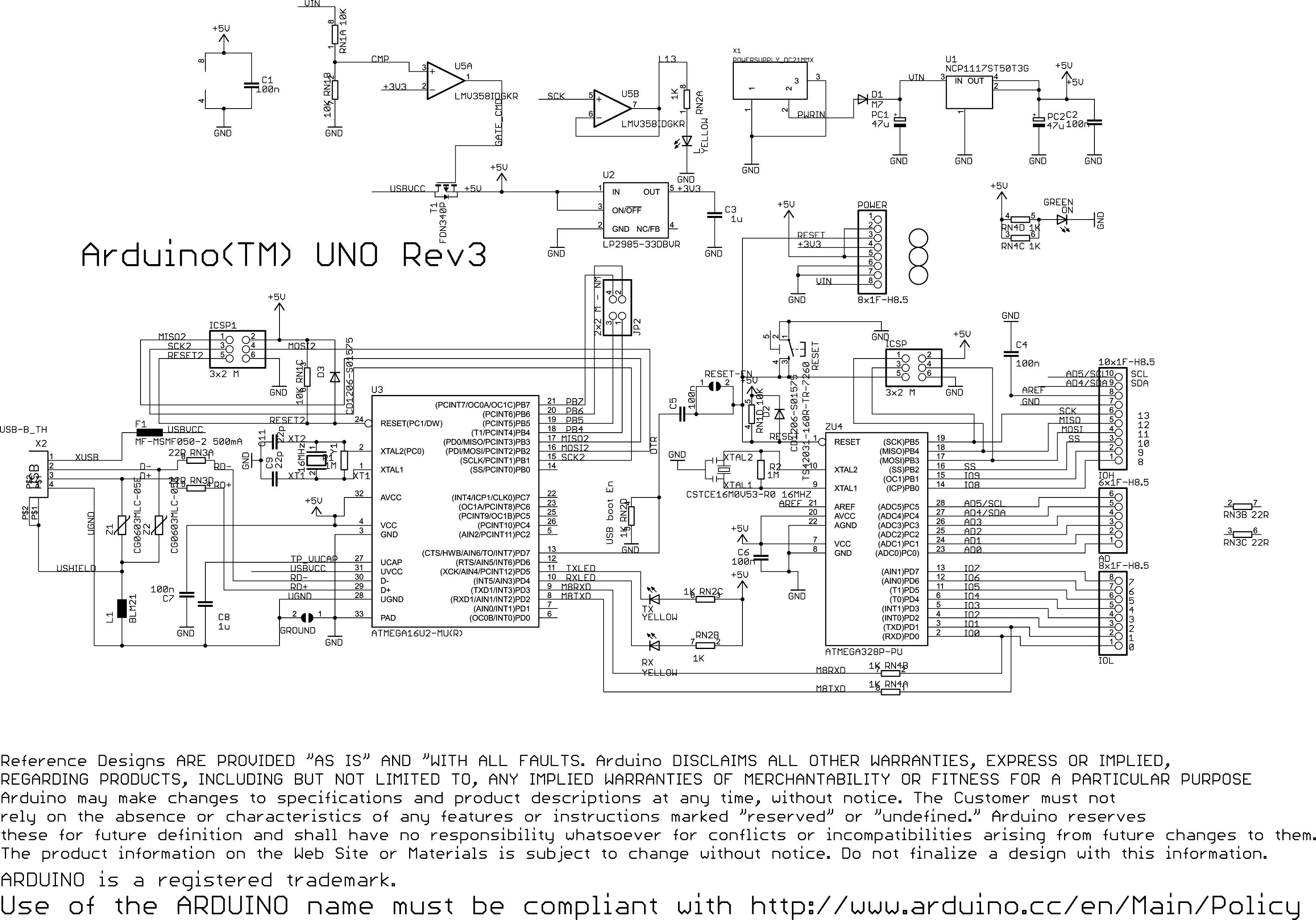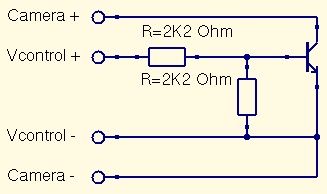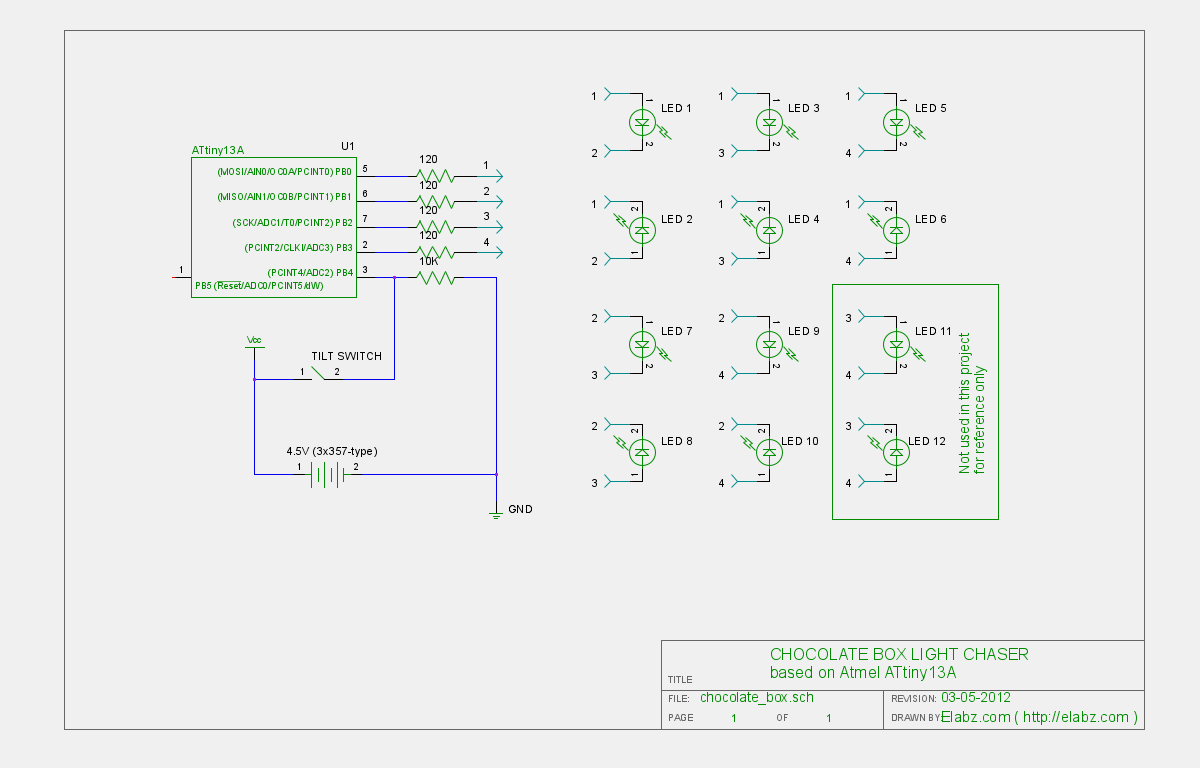
Computerize Your Room/House
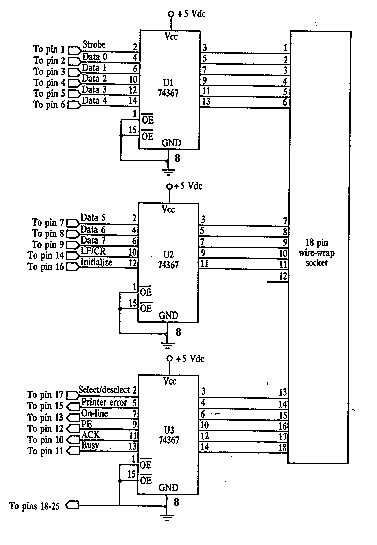
So you’ve read about my Computerized Room or have seen those nifty home automation products advertised in the back of electronics magazines? Or perhaps someone you know has done something similar. At any rate, you have decided to try it yourself. The first thing I will say, however, is that it is not cheap.
Home automation systems allow for the control and monitoring of various household functions through a centralized interface, typically utilizing microcontrollers, sensors, and actuators. A typical computerized room setup may include lighting control, climate management, security systems, and multimedia integration.
The core of a computerized room is often built around a microcontroller or a single-board computer, such as an Arduino or Raspberry Pi. These devices serve as the central processing unit (CPU) for the automation system, receiving input from various sensors (such as temperature, motion, or light sensors) and sending output signals to control devices (like lights, thermostats, and locks).
Communication protocols play a crucial role in the functionality of home automation systems. Common protocols include Wi-Fi, Zigbee, Z-Wave, and Bluetooth, which facilitate the wireless communication between devices. A well-designed circuit will incorporate a wireless module compatible with the chosen protocol, allowing for remote access and control via smartphones or computers.
Power management is another essential aspect of a computerized room. The circuit should include voltage regulators to ensure stable operation of the microcontroller and connected devices. Additionally, incorporating relays or solid-state switches allows for the safe control of high-voltage appliances.
For user interaction, an interface such as a touchscreen display or a web-based dashboard can be integrated, providing real-time feedback and control options. The circuit design should also consider the layout of the room, ensuring that all devices are within range of the central controller and that the power supply is adequately distributed.
In summary, a computerized room requires careful planning and consideration of various components, including a microcontroller, communication modules, sensors, actuators, power management systems, and user interfaces, to create a cohesive and functional home automation environment.So you`ve read about my Computerized Room or have seen those nifty home automation products advertised in the back of electronics magazines? Or perhaps someone you know has done something similar. At any rate, you have decided to try it yourself. The first thing I will say, however is that it is not cheap. 🔗 External reference
Home automation systems allow for the control and monitoring of various household functions through a centralized interface, typically utilizing microcontrollers, sensors, and actuators. A typical computerized room setup may include lighting control, climate management, security systems, and multimedia integration.
The core of a computerized room is often built around a microcontroller or a single-board computer, such as an Arduino or Raspberry Pi. These devices serve as the central processing unit (CPU) for the automation system, receiving input from various sensors (such as temperature, motion, or light sensors) and sending output signals to control devices (like lights, thermostats, and locks).
Communication protocols play a crucial role in the functionality of home automation systems. Common protocols include Wi-Fi, Zigbee, Z-Wave, and Bluetooth, which facilitate the wireless communication between devices. A well-designed circuit will incorporate a wireless module compatible with the chosen protocol, allowing for remote access and control via smartphones or computers.
Power management is another essential aspect of a computerized room. The circuit should include voltage regulators to ensure stable operation of the microcontroller and connected devices. Additionally, incorporating relays or solid-state switches allows for the safe control of high-voltage appliances.
For user interaction, an interface such as a touchscreen display or a web-based dashboard can be integrated, providing real-time feedback and control options. The circuit design should also consider the layout of the room, ensuring that all devices are within range of the central controller and that the power supply is adequately distributed.
In summary, a computerized room requires careful planning and consideration of various components, including a microcontroller, communication modules, sensors, actuators, power management systems, and user interfaces, to create a cohesive and functional home automation environment.So you`ve read about my Computerized Room or have seen those nifty home automation products advertised in the back of electronics magazines? Or perhaps someone you know has done something similar. At any rate, you have decided to try it yourself. The first thing I will say, however is that it is not cheap. 🔗 External reference
